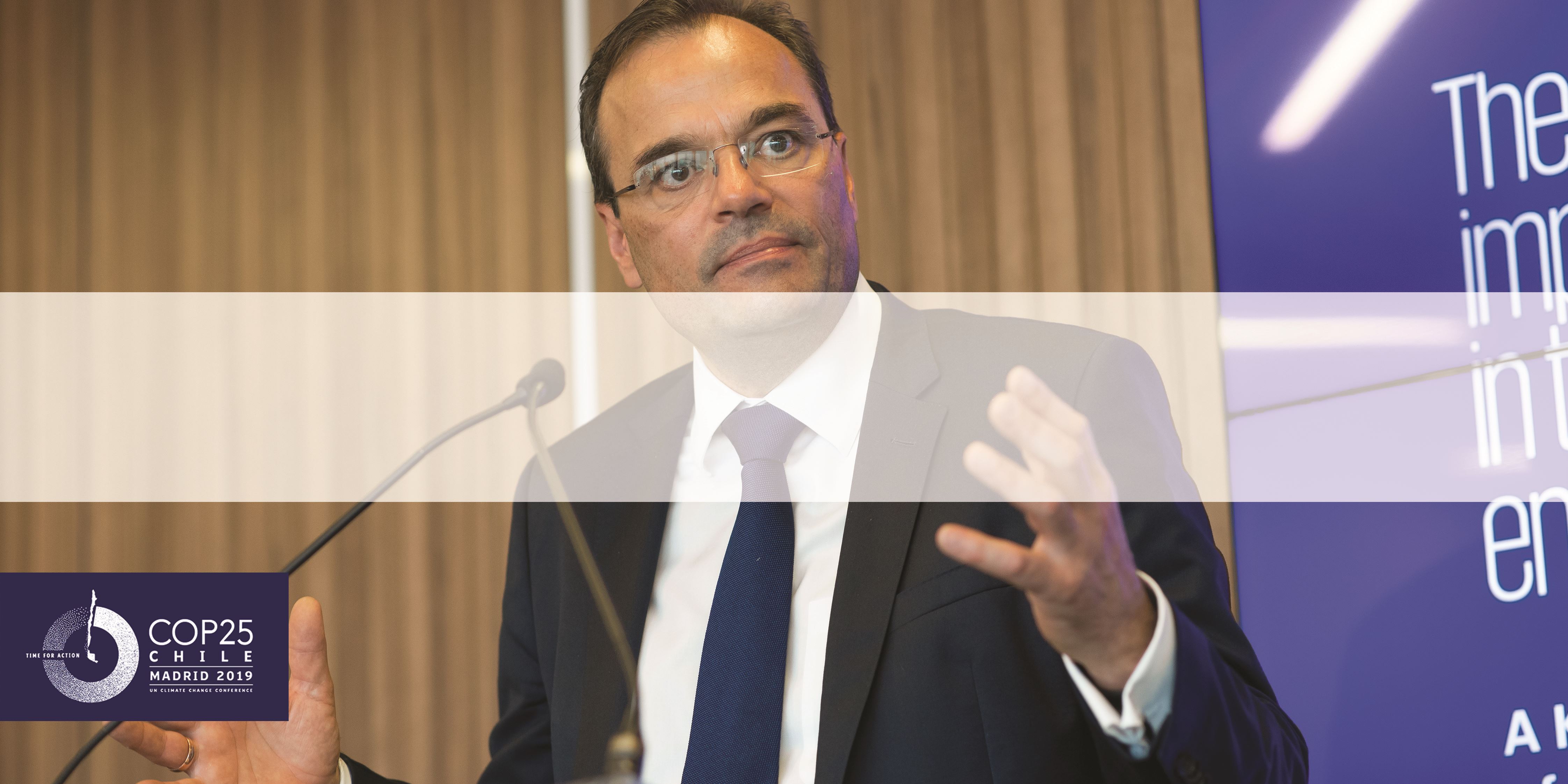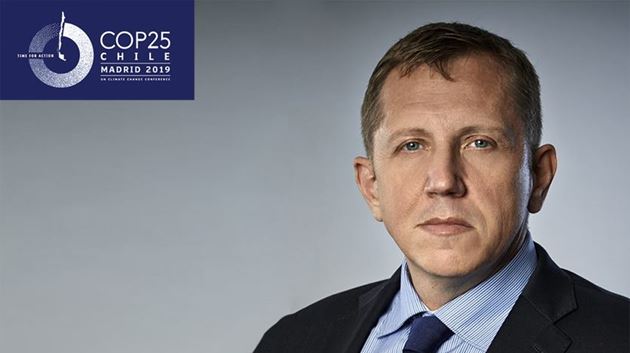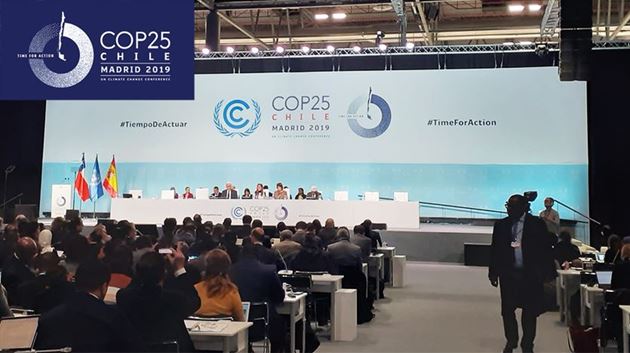
Emerging markets must be key to offshore wind’s growth, says World Bank
COP25
Madrid / 06 December 2019
Emerging markets must play a key part in the emergence of offshore wind in coming years to help the world meet its climate objectives, Rohit Khanna, practice manager at the World Bank said at a panel discussion event it organized on the sidelines of climate change talks in Madrid on Friday.

“It is not only necessary, but it is essential for emerging markets to play a role in the emergence of offshore wind in the energy transition,” Khanna said.
Indeed, the World Bank said it saw 20 GW of offshore wind capacity was possible across five emerging markets by 2022.
Siemens Gamesa CEO Markus Tacke, speaking at the event on the sidelines of the COP 25 that is part sponsored by the company, welcomed the report’s conclusions.
“We welcome the findings of the report. Offshore is at the start of becoming a global industry. Offshore can also be the driver to leave more coal in the ground – and that’s down to pure economics as wind is less expensive to develop,” said Tacke.
The event was the fifth day of climate talks in Madrid, which aim to firm up commitments made by countries to meet or surpass objectives set by the Paris Agreement. The fifth day will also coincide with student protests in the center of the Spanish capital, led by Greta Thunberg, the young climate activist who has led a youth movement calling for governments to do more right away to help solve a climate emergency.
Among the countries highlighted in the report was India. The country has set an ambitious offshore wind target of 5 GW by 2022 and 30 GW by 2030 with the best opportunities said to lie in the regions of Tamil Nadu and Gujarat. These targets will be important given the country’s population growth and need for more electricity generation in coming years.
Despite this, much work would need to be done to develop offshore in emerging markets, with financial support needed for the first projects, the report showed. It also highlighted that emerging offshore markets won’t be the same as Europe as the countries have different water depths, less robust grids, and are exposed to more extreme weather events. Despite this the panel said there was huge interest in renewable projects.
“There is an abundance of capital out there willing to invest in renewables, and developers want to go global. But countries must provide predictability and scale and then offshore can take off quite quickly,” said Jonathan Cole, managing director of Iberdrola Renewables Offshore division.
The panel also agreed that the emergence of new technologies, such as floating wind, needed to be developed rapidly in coming years to make it commercially viable.
Ben Backwell, CEO of the Global Wind Energy Council (GWEC), said floating wind turbines could provide a great alternative for countries such as the Philippines to use. The panel said commercial floating wind would be available within the first half of the next decade.



